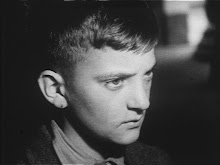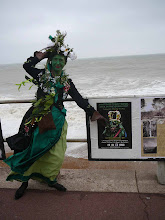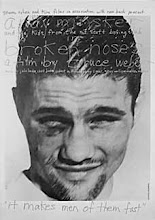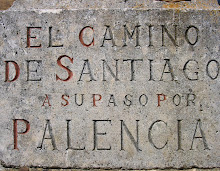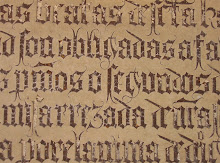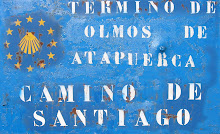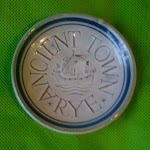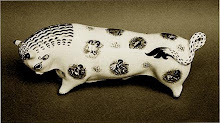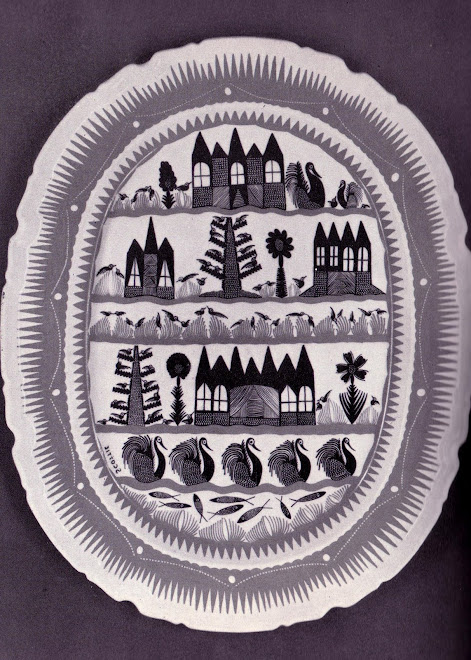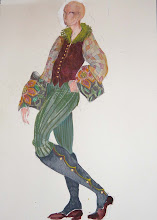Keith Vaughan (1912-1977) belonged to a
generation of serious painter-printmakers anxious to discover their identity in an artistic universe not only shattered by the events of the Second
World War, but also one which had become largely dominated by European and American
forms of abstraction, where the language of figurative painting was seen to
possess little validation after the reality of recent global events. Chosen to
undertake the vast mural for the Dome of Discovery at the 1951 Festival of
Britain, he was also represented in the landmark exhibition ’60 paintings for
‘51’, Vaughan was regarded in high esteem by both contemporaries and discerning
collectors at this early stage of his career, and possessed of an
uncompromising sexual identity as a gay man (which he shared with Francis Bacon
and John Minton), Vaughan’s figurative work is imbued with a potent male
presence which remains as powerful and uncompromising to the contemporary
onlooker as it did to the awakening audience of the forties and fifties.
Reaching his professional peak with a major retrospective at the Whitechapel
Art Gallery in 1962, Vaughan’s work mirrored the sudden shift of artistic
emphasis that had been dominated by major European and American centres of art,
and ushered in the Pop Art generation with which the art world of Britain in
the sixties is most strongly associated. Despite a career eclipsed by
contemporaries such as Bacon and Freud, Vaughan maintained a powerful
creative output which was to last until his death in 1977.
A timely reassessment of
Vaughan’s life and work has recently been published to accompany an exhibition based on major archive holdings of Vaughan's work at the Aberystwyth University School of Art Museum, and chiefly brings together his overriding preoccupations;
the figure and the landscape. Three scholarly essays – on drawing and book
illustration by Colin Cruise and on Vaughan’s photography by Simon Pierse, the
text also includes a masterly and important re-appraisal of Vaughan as a
printmaker by Robert Mayrick and Harry Hauser. Now much sought-after by
collectors of the post-war artistic era, Vaughan as print-maker has perhaps
failed to attract the scholarly attention this branch of his work justly
deserves. Mayrick and Hauser examine Vaughan’s
printed imagery of the 1950s, beginning with the iconic ‘Festival Dancers’ of
1951. They discuss Vaughan’s lithographic landscapes chiefly populated by
lithe male figures in the act of labour and repose. Recalling in his journal of
1940 ‘naked bodies browning in the sun and salt’, his printed images of the
period reflect a sensual world imbued not only with hard work but also with forbidden
sensuality; Vaughan's private preoccupations made uncompromisingly public.
The authors also touch upon Vaughan’s early linocuts, made during his public
school days, which were, by his own insistence, of 'little artistic concern' to the artist himself. Indeed, it was only in 1963, when invited by the Refern
Gallery to edition some prints that had lain undiscovered for over a decade
that a re-interest in the print medium was awakened in him. Whilst these early
linocuts would suggest the influence of Edward Gordon Craig, whose images
distilled the human figure to its very essence, Vaughan’s exposure to
developments in colour auto-lithography in the late 1930’s and throughout the
forties, advocated by contemporaries such as John Piper (and by commissions
from such as Frank Pick at London Transport and Jack Beddington at Shell-Mex,
who actively commissioned artists of Vaughan’s generation to explore the print
medium, commissioning unsigned, open-edition prints for distribution among
public institutions) proved to be the creative fulcrum for what was to follow.
Continuing to largely focus on male figures in landscapes, all of Vaughan’s
extant lithographs were made over a relatively short period. The lithographic
medium appealed greatly to a generation of British artists such as Vaughan and
his contemporaries as the technique was relatively new and –most crucially-
unburdened by the long tradition of other print disciplines such as the
wood-block and the etching plate. Finely crafted etchings and woodcuts that had
been so popular during the inter-war years now seemed staid and conventional by
comparison to a generation in pursuit of the new. Lithography also possessed
the appeal of immediacy, somehow in direct, gestural alliance to the very act
of painting itself. Resolving to shake off his former Neo-Romantic associations,
Vaughan now forged a new direction in both painting and printmaking, and the
latter proved to be the most effective medium for him to make the transition
from his drawings and previous works on paper, preparing him for a decade of
ravishing lithographic imagery.






















